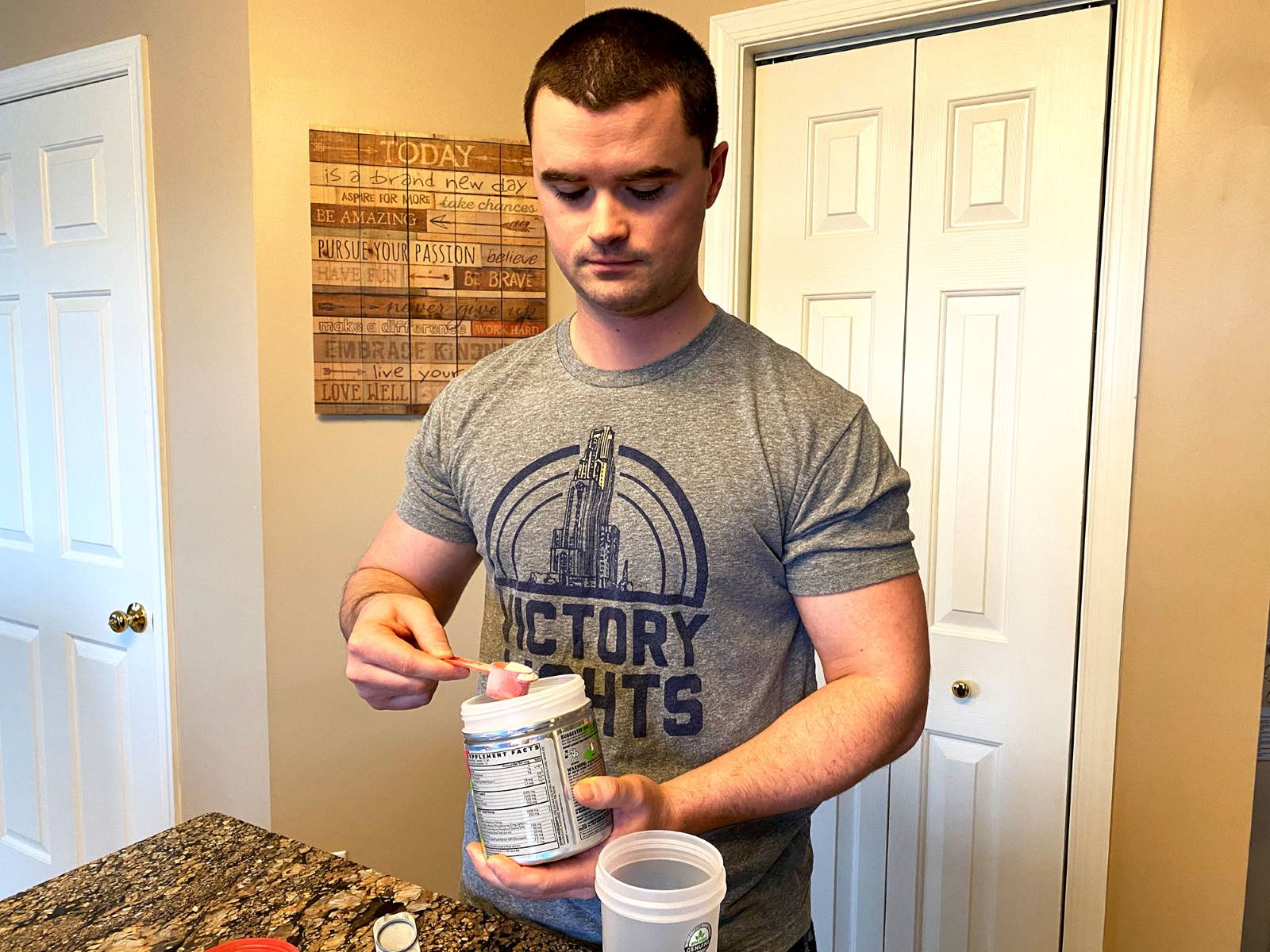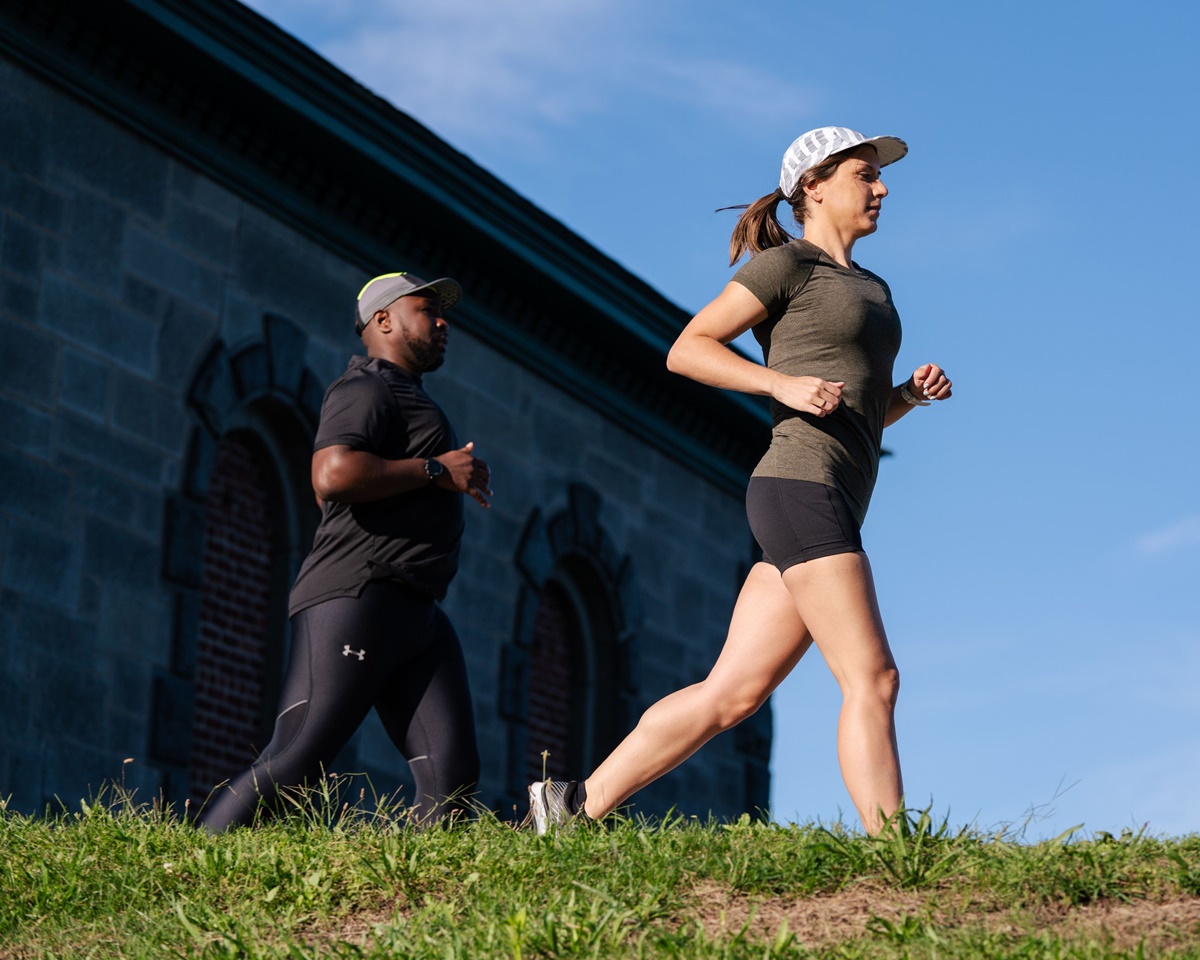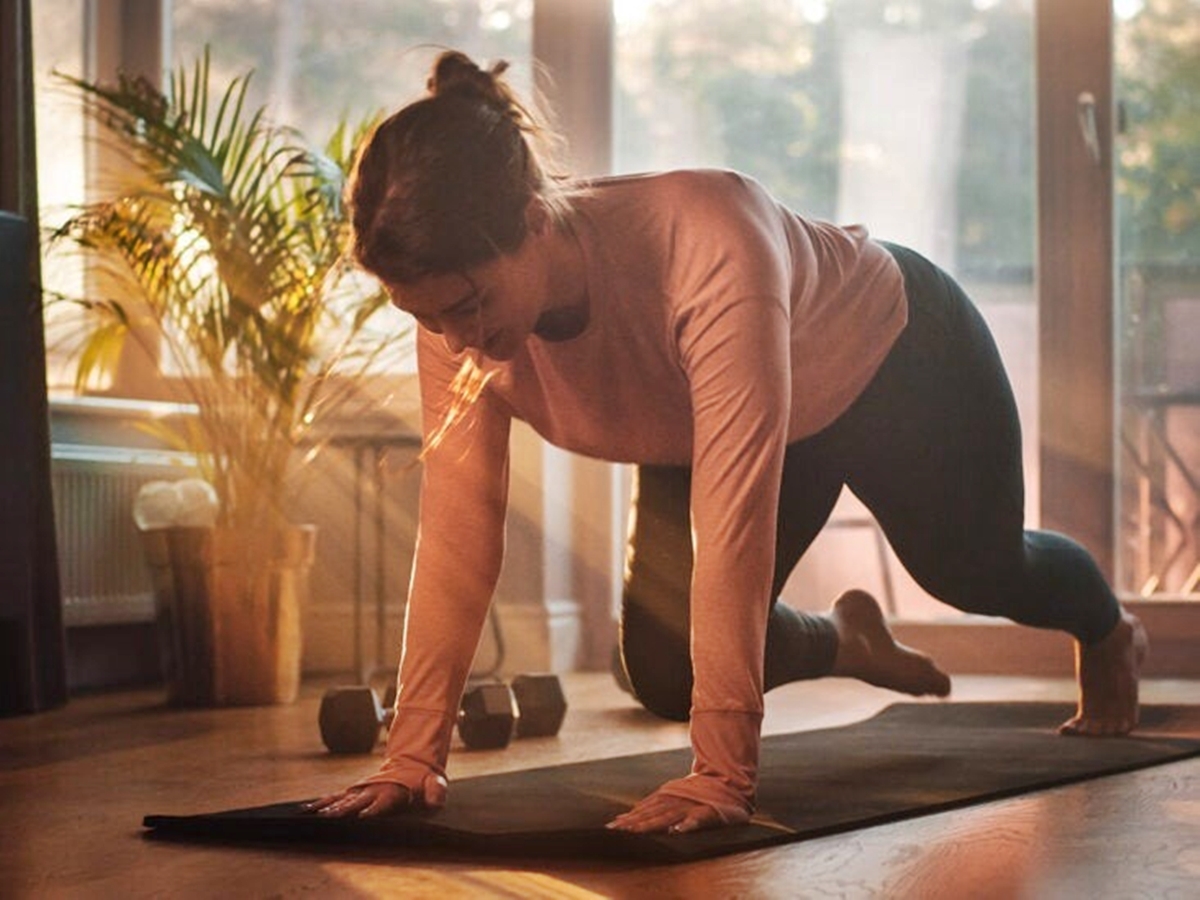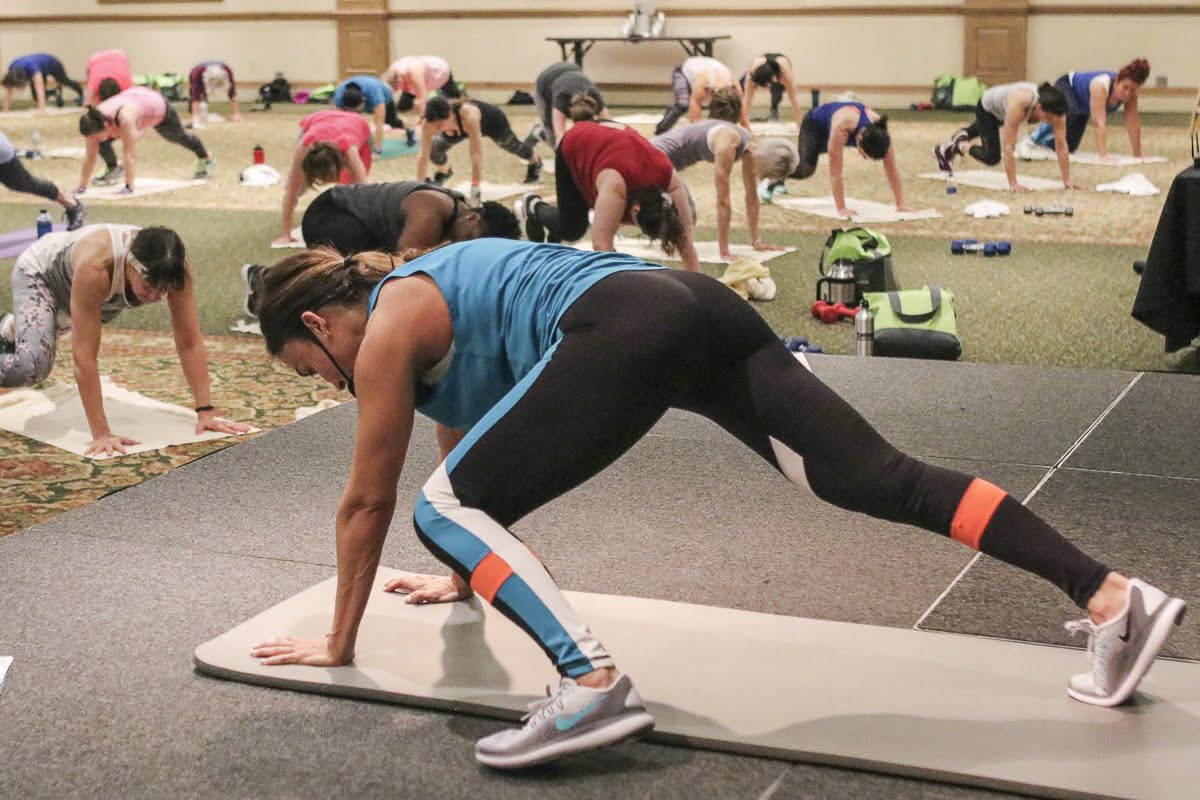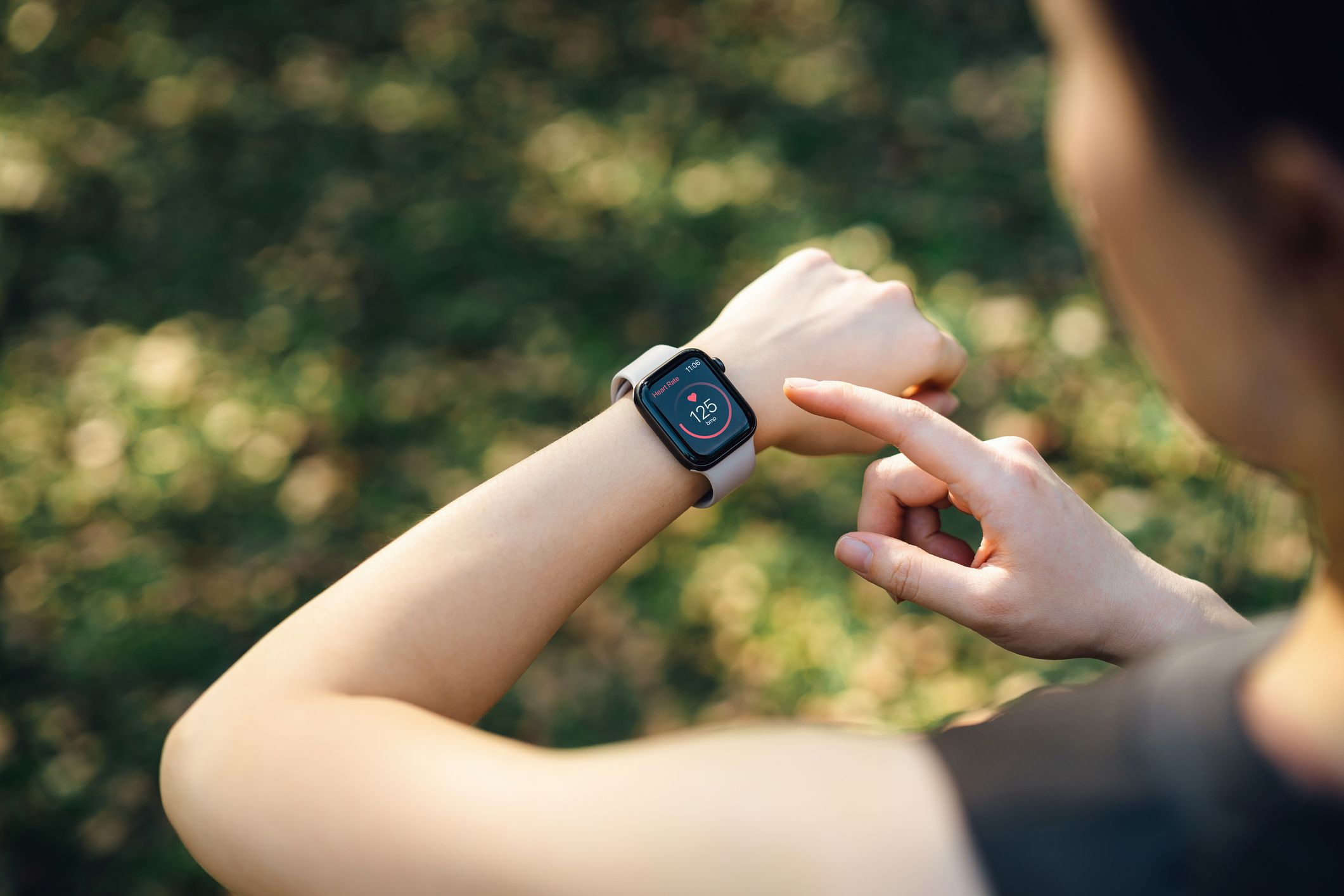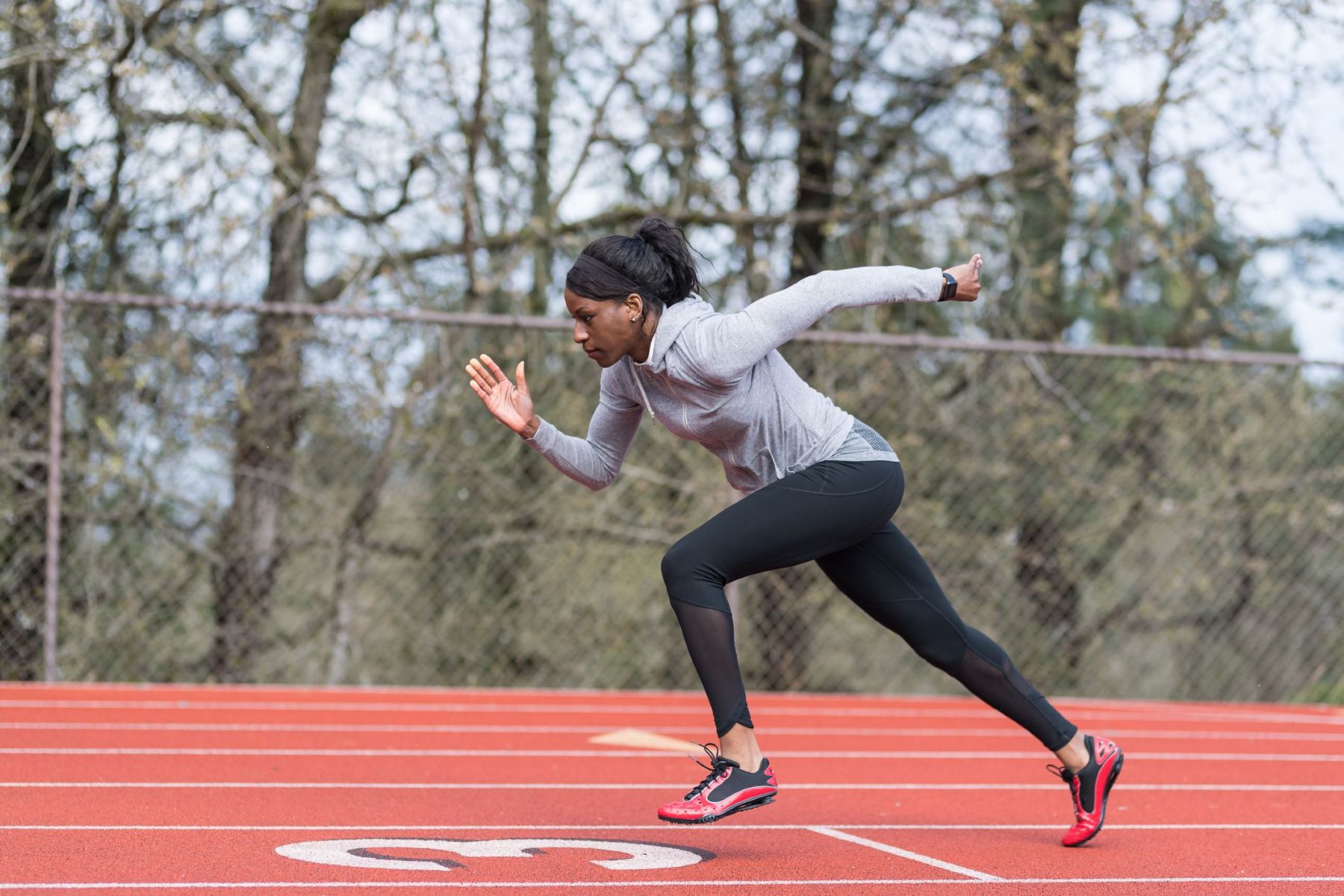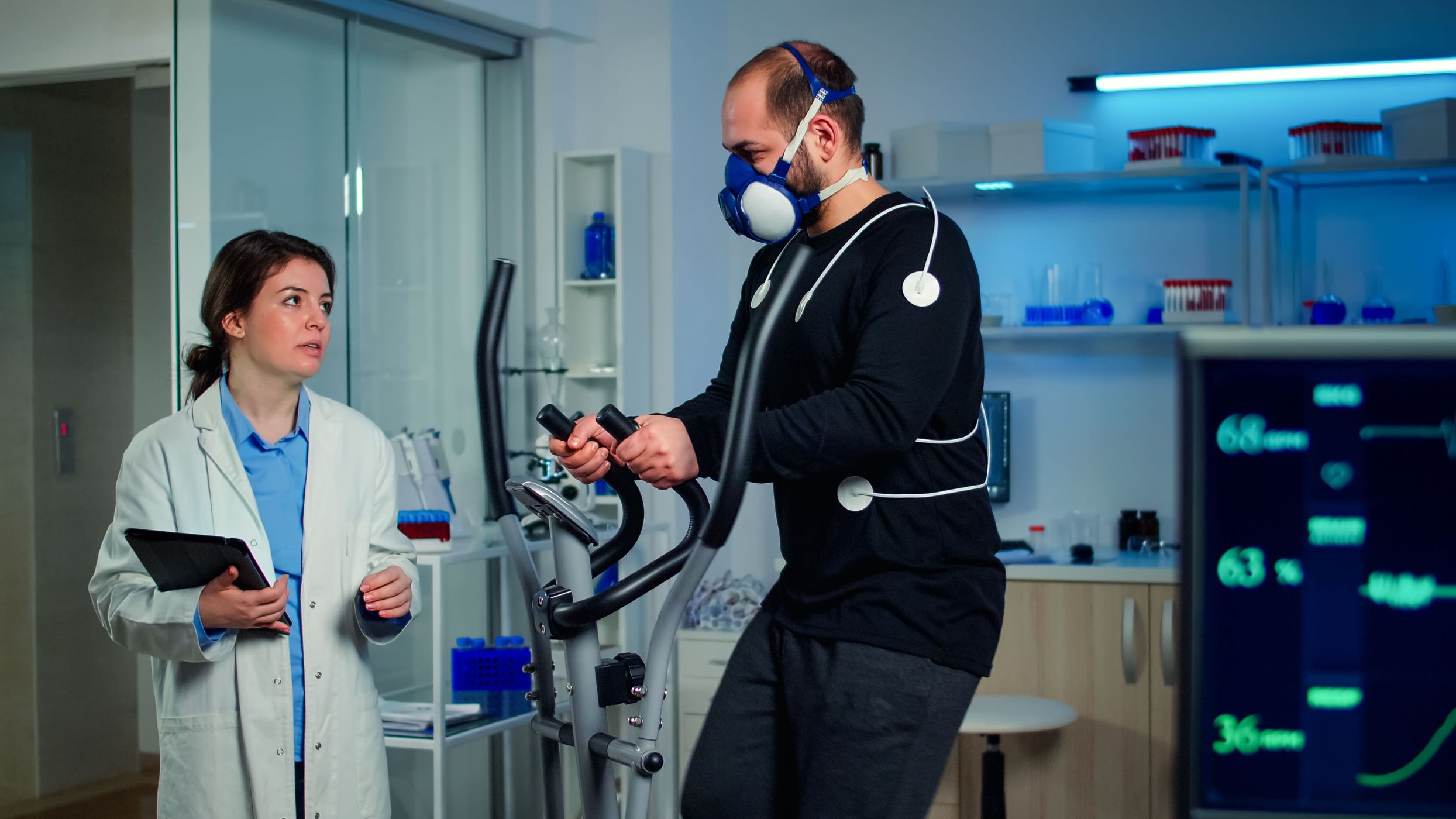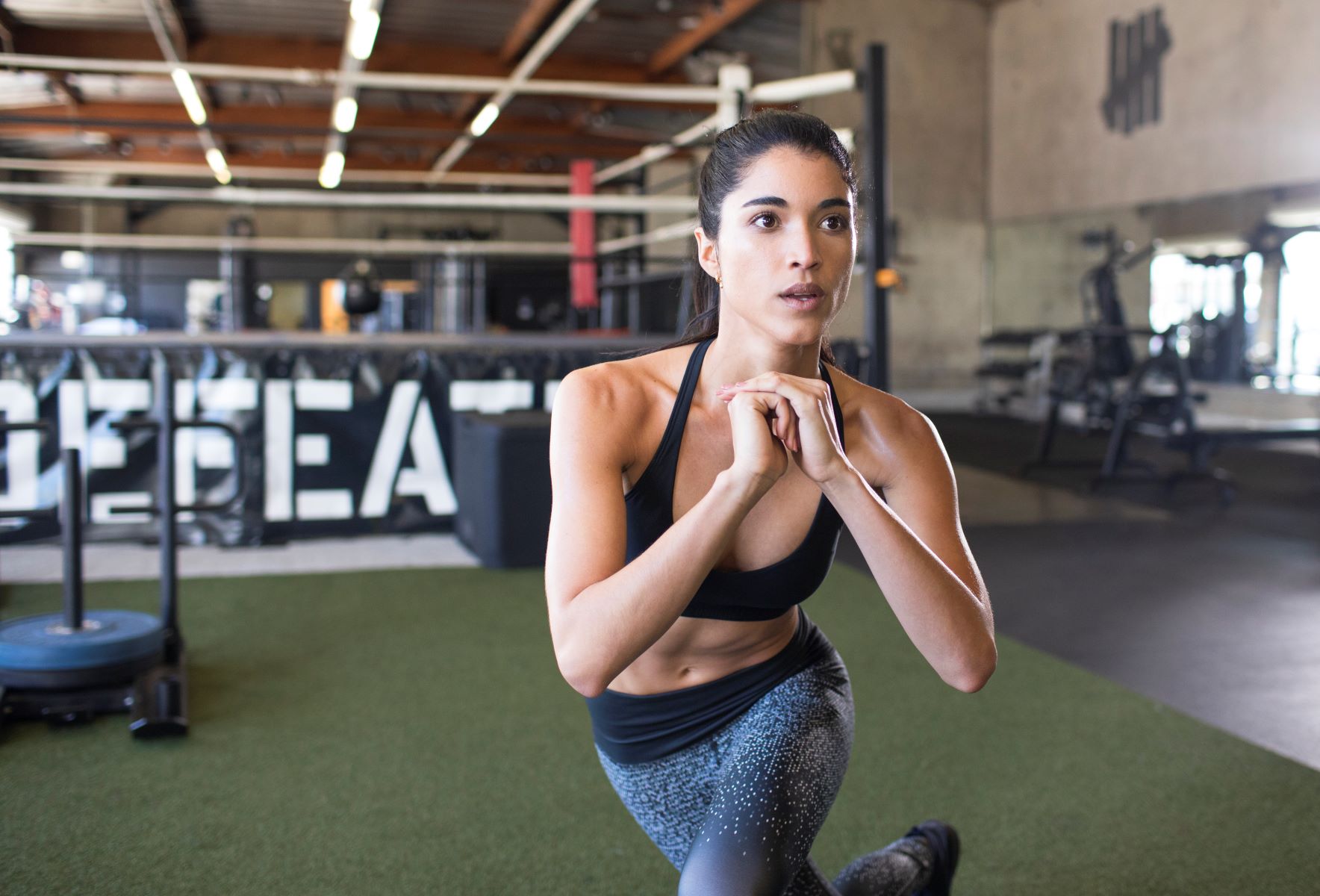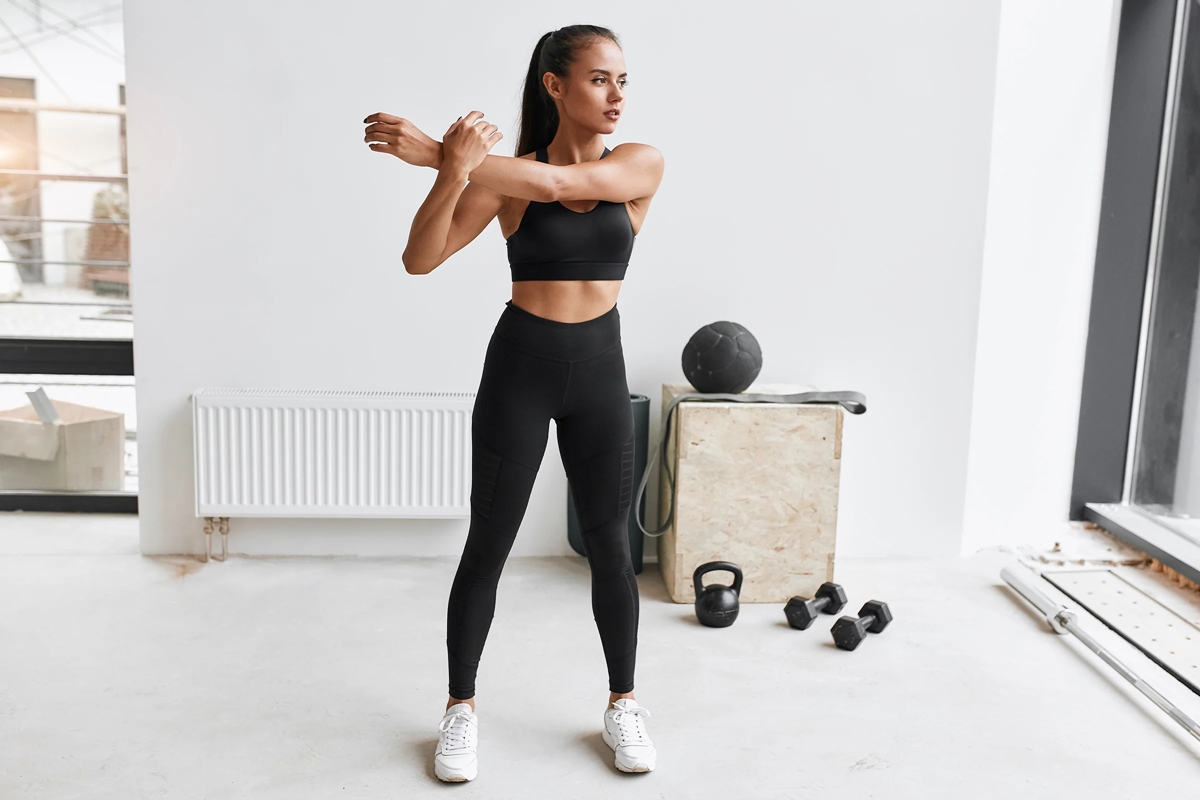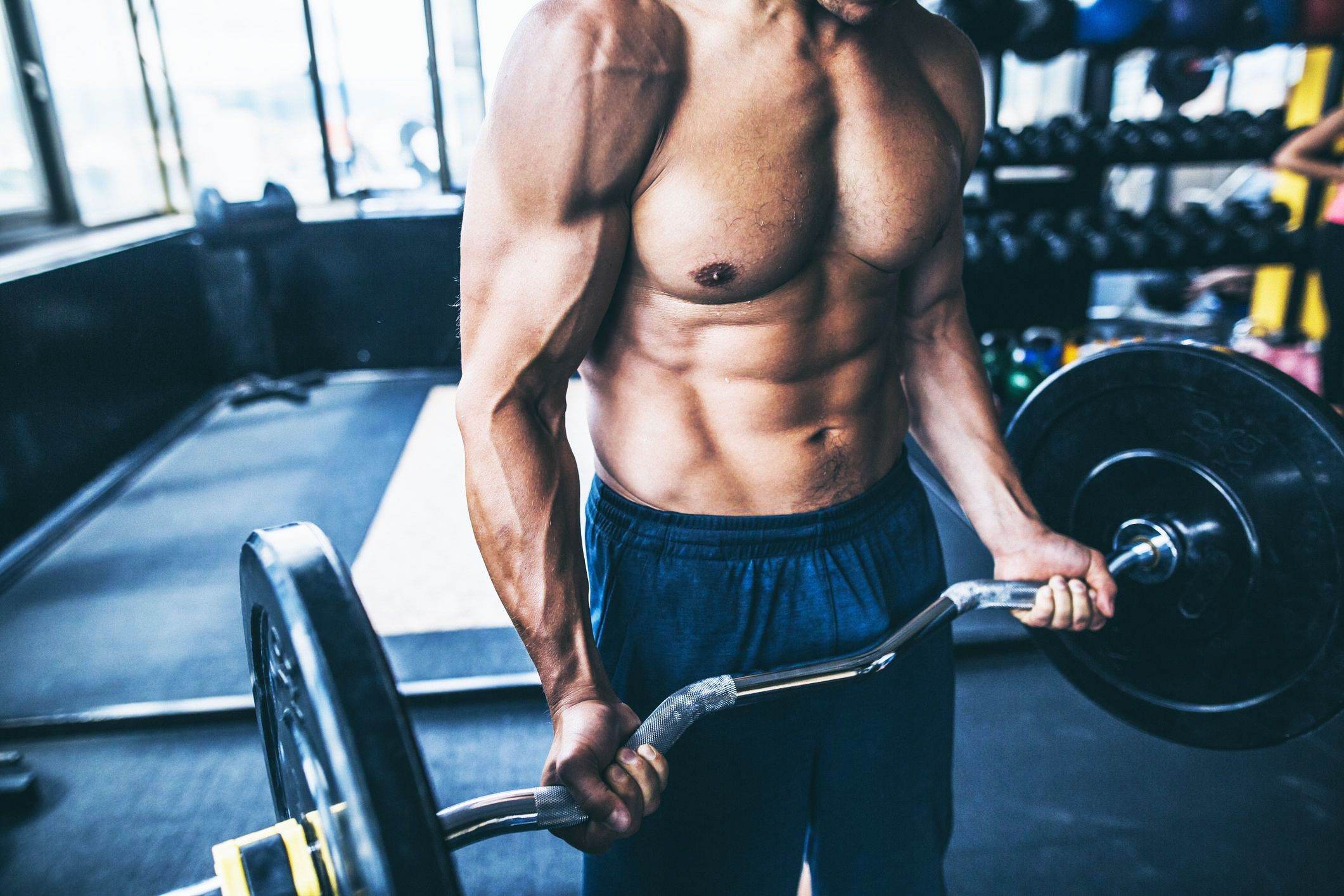

Featured
How Long Does Workout Pump Last
Modified: August 19, 2023
"Discover how long the workout pump lasts and its benefits. Get featured workouts and tips to maximize your pump and maximize your gains."
Introduction
When it comes to hitting the gym, most people strive for that satisfying feeling of a workout pump. It’s that sensation of tightness and fullness in the muscles, making you feel strong and accomplished. But have you ever wondered how long this pump actually lasts?
A workout pump, also known as muscle hypertrophy, is the result of increased blood flow to the muscles during exercise. This increased blood flow causes the muscles to expand, giving them a more defined and pumped-up appearance. It’s a sign that you’re pushing yourself and making progress in your fitness journey.
Understanding the duration of a workout pump is essential for planning your training sessions and maximizing your results. It can help you optimize your workout schedule, determine the right timing for certain activities, and adjust your post-workout recovery routine. Let’s dive deeper into the factors that influence the duration of a workout pump and how you can make the most of it.
What is a workout pump?
A workout pump, also known as muscle pump or muscle hypertrophy, is a temporary swelling and tightness in the muscles that occurs during and immediately after exercise. It is caused by an increase in blood flow to the muscles, resulting in a rush of nutrients and oxygen to support muscle contraction and growth.
During intense exercise, the muscles require more oxygen and nutrients to perform efficiently. This increased demand triggers a response from the cardiovascular system, leading to vasodilation, or the widening of blood vessels. As a result, more blood is delivered to the working muscles, causing them to expand and fill with fluid.
The workout pump is often accompanied by a feeling of tightness and fullness in the muscles. It is most noticeable in the muscles being directly targeted during the exercise. For example, if you’re focusing on bicep curls, you’ll likely feel the pump in your biceps.
The workout pump not only has a visual impact, making the muscles appear larger and more defined, but it also serves as an indication of an effective workout session. It shows that you’re exerting effort, pushing your limits, and creating micro-tears in the muscle fibers, which will later repair and grow stronger.
While the workout pump is temporary, it has several benefits. First and foremost, it boosts your confidence and motivation during your workout. Feeling that tightness and fullness can help you stay focused and push through fatigue. Additionally, the increased blood flow brings in essential nutrients and removes waste products, facilitating muscle recovery and growth.
Now that we understand what a workout pump is, let’s explore the factors that influence its duration.
Factors influencing the duration of a workout pump
While the workout pump is a natural response to exercise, its duration can vary from person to person and can be influenced by several factors. Understanding these factors can help you optimize your workouts and make the most of your pump. Here are some key factors:
1. Intensity of the workout: The intensity of your workout plays a significant role in the duration of your pump. Higher intensity exercises, such as heavy weightlifting or explosive movements, tend to produce a more pronounced pump that may last longer compared to low-intensity exercises.
2. Duration of the workout: The length of your workout session can also affect the duration of your pump. Longer workouts provide more time for the muscles to experience increased blood flow, resulting in a longer-lasting pump.
3. Muscle group targeted: The muscle group you’re targeting during your workout can impact the duration of your pump as well. Some muscles, such as larger muscle groups like the chest or back, may experience a longer-lasting pump compared to smaller muscle groups like the biceps or calves.
4. Rest periods: The duration of your rest periods between sets and exercises can influence the duration of your pump. Shorter rest periods keep the muscles engaged and increase blood flow, potentially prolonging the pump.
5. Hydration and nutrition: Proper hydration and adequate nutrition are crucial for maintaining a pump. Staying hydrated helps maintain blood volume, while consuming a balanced diet rich in nutrients supports muscle recovery and growth.
6. Genetics and individual response: Each individual’s body and genetics play a role in how long their pump lasts. Some people naturally experience longer-lasting pumps, while others may notice a quicker deflation of the pump effect.
7. Post-workout recovery: How you recover after your workout can also impact the duration of your pump. Proper cool-down, stretching, and foam rolling can help promote blood flow and reduce muscle tightness, potentially extending the pump.
Keep in mind that the duration of the workout pump can vary from person to person and even from workout to workout. So, it’s essential to understand your body and experiment with different training techniques to find what works best for you.
Now that we’ve discussed the factors that influence the duration of a workout pump, let’s explore the immediate effects it has on your body.
Immediate effects of a workout pump
Experiencing a workout pump not only provides a visual and tangible satisfaction, but it also has immediate physiological effects on your body. Let’s delve into the immediate effects of a workout pump:
1. Increased muscle size: One of the noticeable effects of a workout pump is the temporary increase in muscle size. As blood rushes to the working muscles, they expand and become more prominent, giving you a pumped-up appearance.
2. Enhanced muscle strength: The increased blood flow during a workout pump also contributes to an immediate enhancement in muscle strength. The additional supply of oxygen and nutrients to the muscles aids in optimizing muscle contractions and improving overall performance during your workout.
3. Improved nutrient delivery: The workout pump facilitates improved nutrient delivery to the muscles, allowing for faster recovery and growth. The increased blood flow brings in more nutrients, such as amino acids and glucose, which are essential for muscle repair and replenishment of energy stores.
4. Removal of waste products: During exercise, metabolic waste products like lactic acid build up in the muscles. The workout pump helps to flush out these waste products by increasing blood flow. This removal of waste products can contribute to reduced muscle soreness and faster recovery.
5. Enhanced mind-muscle connection: The workout pump also has a psychological impact. The sensation of tightness and fullness in the muscles can enhance your mind-muscle connection, allowing you to better feel and engage the targeted muscle groups during your workout.
6. Heightened confidence and motivation: Feeling the pump in your muscles can boost your confidence and motivation during your workout. It serves as a visual and physical reminder of the effort you’re putting in and the progress you’re making towards your fitness goals.
It’s important to note that these immediate effects of a workout pump are temporary and typically fade shortly after your workout. However, incorporating techniques to prolong the duration of your pump can bring about long-term benefits and further enhance your muscle gains.
Now that we’ve discussed the immediate effects of a workout pump, let’s explore the typical duration of a pump and how you can prolong it.
How long does a workout pump typically last?
The duration of a workout pump can vary from person to person and depends on several factors, such as the intensity of the workout and individual body response. Generally, a workout pump can last anywhere between 30 minutes to a few hours after your exercise session.
During the immediate post-exercise period, the pump effect is usually at its peak. The muscles are still filled with blood and appear full and tight. However, as time passes and your body returns to its resting state, the pump gradually diminishes.
The duration of a workout pump also depends on the muscle group being targeted. Larger muscle groups, like the chest or back, tend to experience a longer-lasting pump compared to smaller muscle groups, such as the biceps or calves.
It’s important to note that while the visual aspect of the pump may diminish, the physiological benefits of the workout pump can continue for an extended period. The increased blood flow to the muscles during the pump helps deliver nutrients and remove waste products, aiding in muscle recovery and growth.
However, if you’re looking to maximize the duration of your workout pump, there are a few strategies you can implement.
Now, let’s explore some strategies to prolong the duration of a workout pump.
Strategies to prolong the duration of a workout pump
If you want to extend the duration of your workout pump and maximize its benefits, consider incorporating the following strategies into your fitness routine:
1. Progressive overload: Gradually increase the intensity of your workouts by adding more weight, increasing the number of reps, or reducing rest periods between sets. Progressive overload stimulates muscle growth and can result in a more prolonged pump effect.
2. Focus on eccentric training: Eccentric training, which emphasizes the lengthening phase of a muscle contraction, can lead to greater muscle damage and thus a more significant pump. Incorporate exercises that emphasize the eccentric phase, such as slow and controlled movements, negatives, or eccentric-focused variations.
3. Blood flow restriction (BFR) training: BFR training involves using bands or cuffs to restrict blood flow to the working muscles while performing light to moderate intensity exercises. This technique has been shown to enhance muscle pump and increase muscle activation.
4. Utilize drop sets and supersets: Incorporate drop sets and supersets into your workouts. These techniques involve performing consecutive sets with minimal rest in between or reducing the weight after reaching failure. These high-intensity techniques can enhance muscle pump and promote greater blood flow.
5. Stay properly hydrated: Adequate hydration is crucial for maintaining a pump. Drinking enough water before, during, and after your workout helps maintain blood volume and supports optimal muscle function. Aim to drink water consistently throughout the day, especially during intense training sessions.
6. Consume a balanced pre-workout meal: Fueling your body with a balanced meal before your workout can help optimize blood flow and nutrient delivery to your muscles. Include a combination of carbohydrates, protein, and healthy fats to provide sustained energy and support muscle pump.
7. Utilize pump-inducing supplements: Consider incorporating supplements that are known to enhance muscle pump, such as nitric oxide boosters or pre-workout formulas. These supplements can increase blood flow, improve nutrient delivery, and potentially extend the duration of your pump.
8. Active recovery and stretching: Engage in active recovery techniques, such as light cardio or mobility exercises, after your workout. Incorporate stretching or foam rolling to promote blood flow and reduce muscle tightness, which can help maintain the pump effect.
By implementing these strategies into your workout routine, you can prolong the duration of your workout pump and optimize muscle growth and recovery.
Now that we’ve explored strategies to extend the duration of a workout pump, let’s wrap up the article.
Conclusion
The workout pump is a temporary but satisfying sensation that occurs during and after exercise. It is a result of increased blood flow to the muscles, giving them a full and pumped-up appearance. The duration of a workout pump can vary from person to person and depends on factors such as the intensity of the workout, muscle group targeted, and individual body response.
Although the visual aspect of the pump may diminish over time, the physiological benefits, such as improved nutrient delivery and removal of waste products, can continue for an extended period. To prolong the duration of your workout pump and maximize its benefits, consider incorporating strategies such as progressive overload, eccentric training, blood flow restriction (BFR) training, and proper hydration.
Furthermore, maintaining a balanced pre-workout meal, utilizing pump-inducing supplements, and engaging in active recovery techniques can also contribute to a longer-lasting pump effect. By implementing these strategies, you can optimize muscle growth, improve muscle strength, and promote faster recovery.
Understanding the duration of a workout pump and employing strategies to prolong it can enhance your overall fitness journey. Remember that consistency, proper technique, and listening to your body are also key to achieving long-term results.
So, the next time you hit the gym and experience that satisfying workout pump, know that it’s a sign of your hard work paying off. Embrace it, make the most of it, and keep pushing yourself to new heights in your fitness goals.
